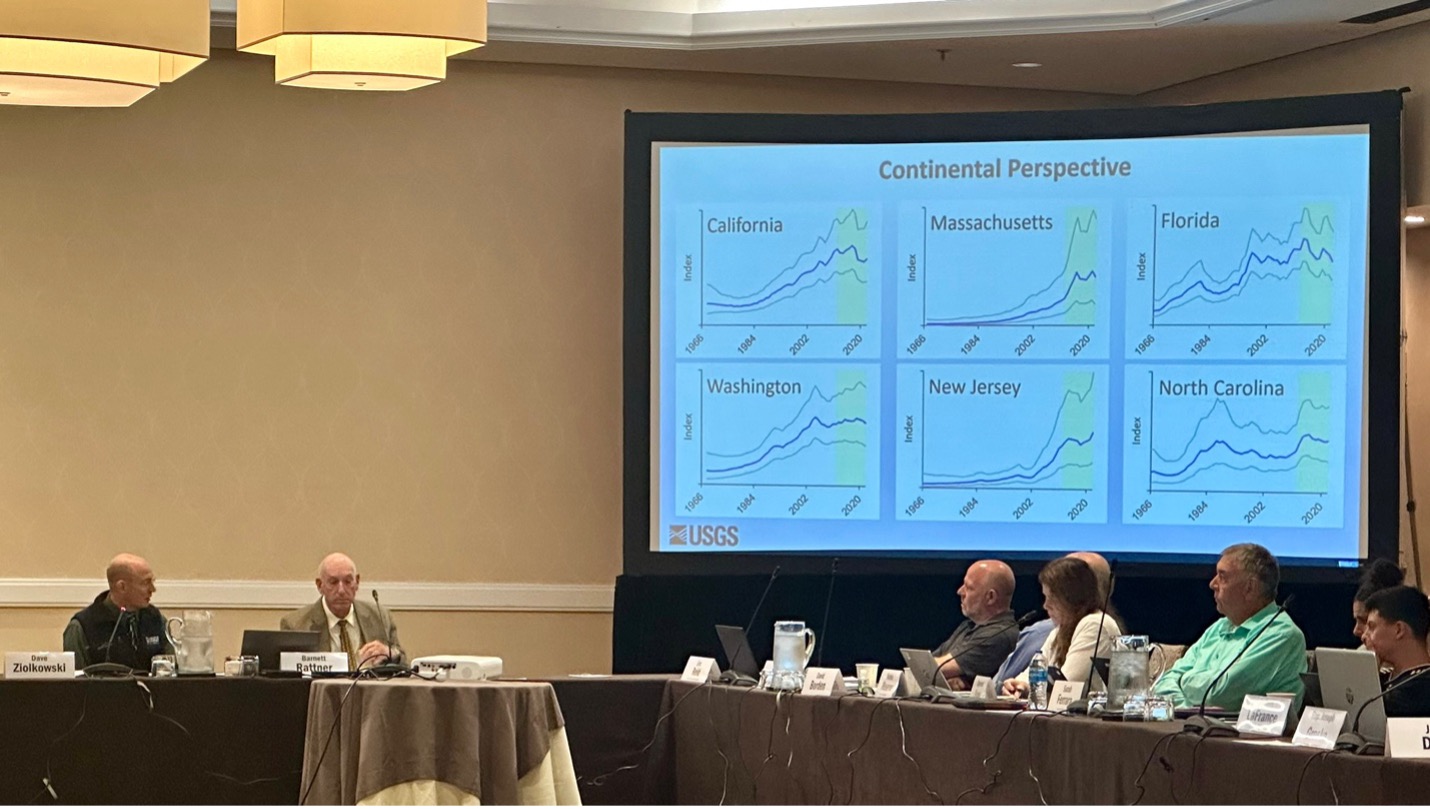August 8, 2024 — The following was released by the Atlantic States Marine Fisheries Commission:
The Commission’s Coastal Pelagics Management Board approved Addendum II to Amendment 1 to the Interstate Fishery Management Plan for Atlantic Cobia. The Addendum modifies the recreational allocation framework, allows the Board to update allocations quickly if the underlying data are revised, expands the range of data used in harvest evaluations, and allows the Board to set management measures for a longer period of time. Addendum II responds to increased cobia harvest in some Mid-Atlantic states in recent years, as well as concerns about high uncertainty associated with cobia recreational harvest estimates. All Addendum II measures are effective immediately, and will be used to set recreational measures for 2025 and beyond.

